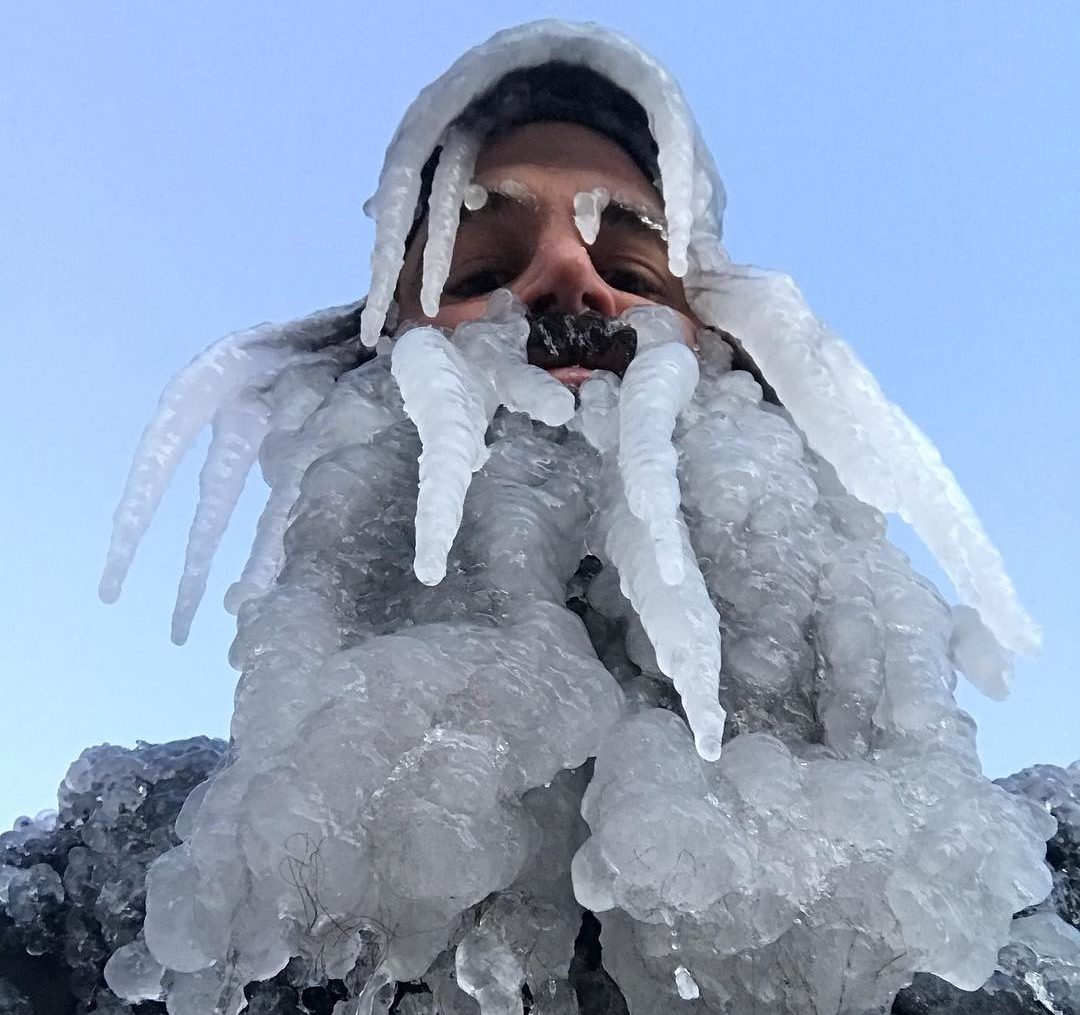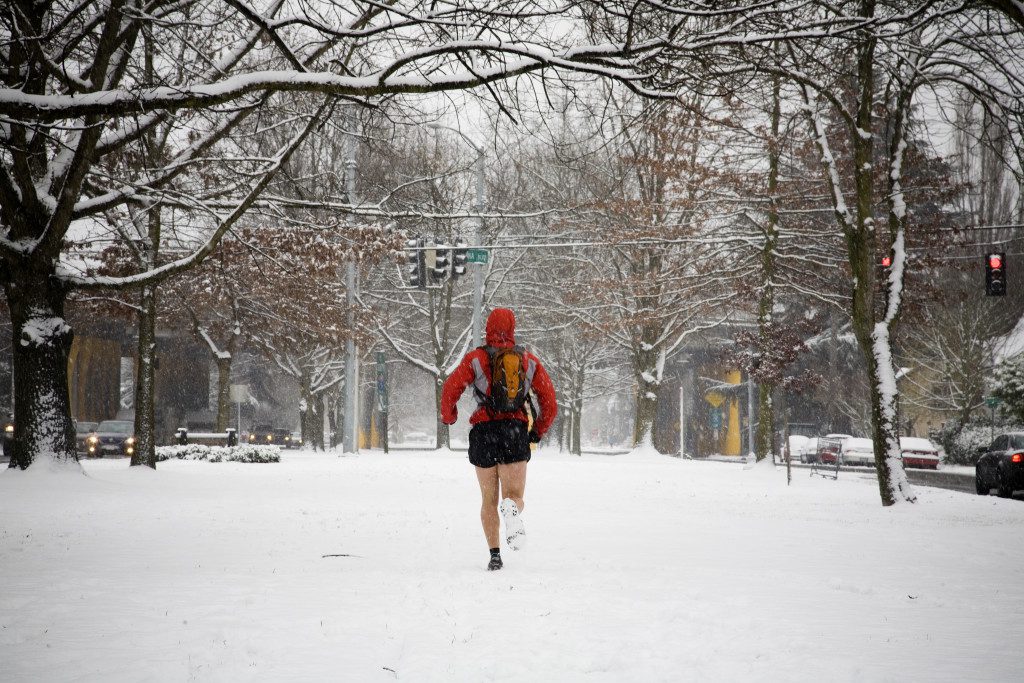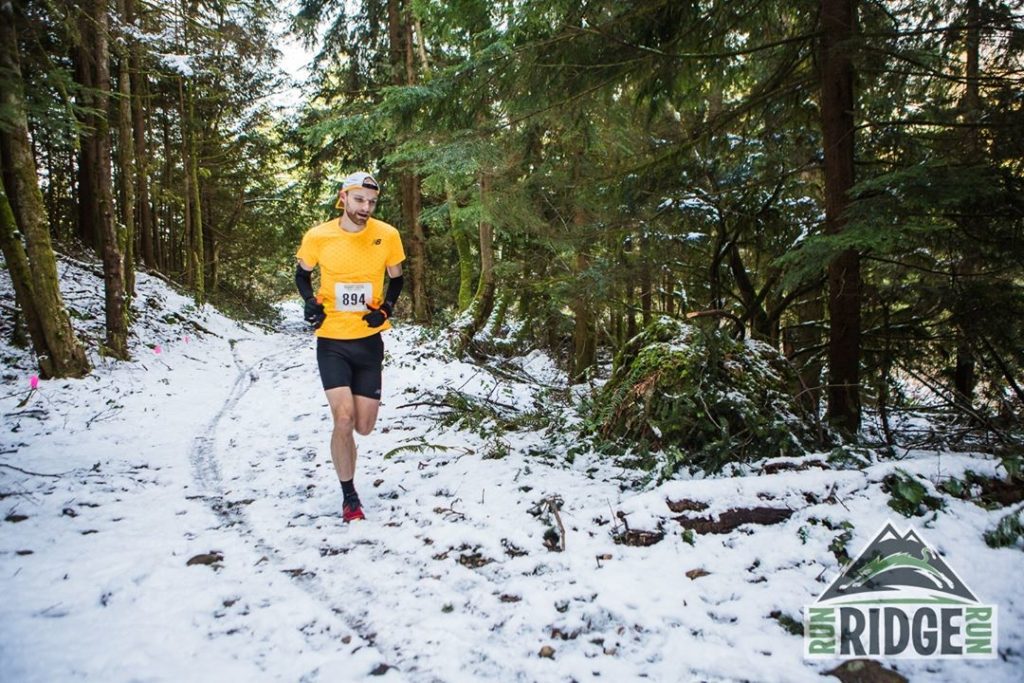4 tips to run in the snow like a pro
Running in the snow offers unique challenges that, when practised correctly, provide considerable benefits and adaptations for the entire year

From coast to coast, nearly all of Canada is currently blanketed under snow. Especially Newfoundland. Yikes!
As trail runners, we embrace every season. Best case scenario, snow can flatten out bumpy terrain, and offer a much softer running surface. Some crunchy textures of snow even provide a surprising amount of grip, allowing for extraordinary running experiences. These perfect winter conditions are somewhat rare, but well worth venturing out for.

Most of the time however, running in the snow is rife with unique challenges, and requires extra care and attention. Compact snow becomes as slick as ice, and softer forms of snow are worse than deep sand for surface tension. Snowy conditions usually mean a lot more work for a lot less momentum. So forget about Strava segments and K pace, and instead lets go over Snow Running Technique that will build solid fundamentals for the rest of the year:
Take quicker steps
Quicker steps than we’re used to are key. For starters, if one foot slips, you want that next step to immediately catch and save you from a spill. If you’re someone who struggles to get up to 90 steps-per-foot-per-minute, running in the snow is a great way to practise and force the issue. Beyond the fear of falling, a surefire way to get the cadence up is to pump the arms a little quicker than normal so that your feet follow suit.
RELATED: 10 secrets of winter trail running

Pick up your feet
Speaking of feet, pick up your feet! Slightly exaggerate your heel kick up out of the snow. This is sound advice for all technical trail running, as you never want to find yourself kicking rocks and roots. After a run through the snow, our feet and lower legs will be uniquely fatigued. This is a good thing, a gift to Canadians from our winter gods. Consider it a nice strength and balance bonus.
Consider your footstrike
Crucially, if there ever was a time to forefoot strike, this is it. If you heel strike, and you slip, you’re going down. Whereas if you forefoot strike and slip, you may still catch yourself with the rest of your foot. Not to mention your toes are down there, and they provide us with our first line of proprioception and grip. Foot-eye-co-ordination is a real thing. You want to feel each squish and ridge under foot, in the palm of your foot, and to register each of those moments with a conscious affirmation. Sorry road runners, no zoning out going on here. Again, this is excellent training for those fair weather trail runs. Our lower legs and feet are where the magic happens, and what better way to become a wizard than in a winter wonderland?

The arm’s way out of harm’s way
Normally we would want to have relaxed elbows and shoulders, but not so in the snow. Our arms are crucial to keeping our balance. We should be ready to flail reflexively at a moments notice. If you find yourself busting out break-dance moves in order to keep yourself upright… Great! Keep those arms moving a little higher and further away from your body, so that you can throw your centre of gravity around as needed. After showing off your new moves, shake it off, and get back into the groove, with those quicker steps and fleet-footed forefoot strikes. This is also fundamental downhill trail running advice.
Now rise up, fellow Canadian trail runners! Let us embrace our cold and slippery fate together. Believe in your capacity to adapt and improve your reflexes and balance, which are unique qualities that set trail running apart all year round.


